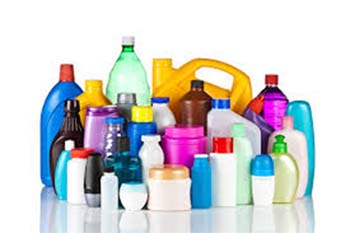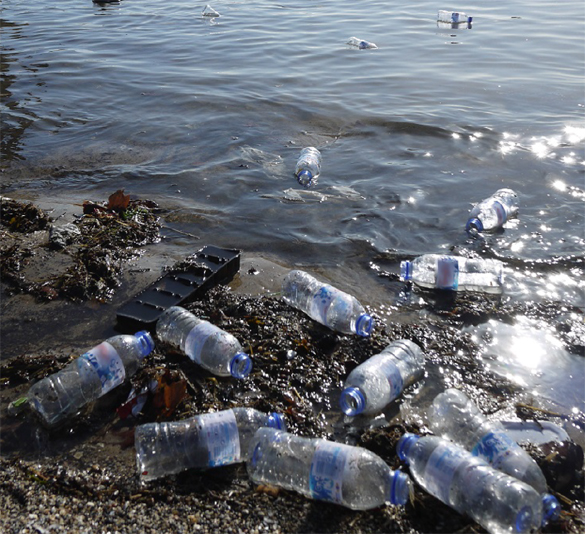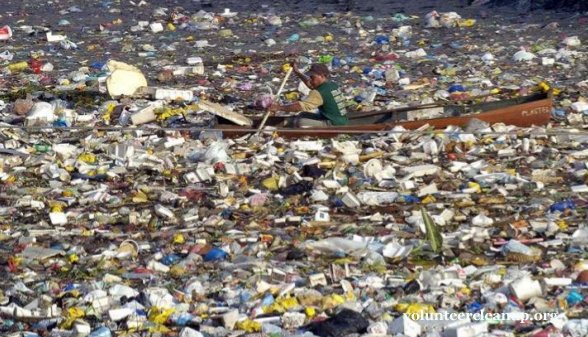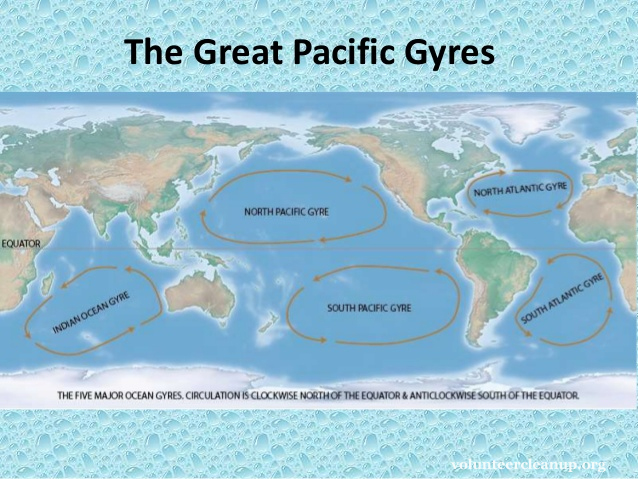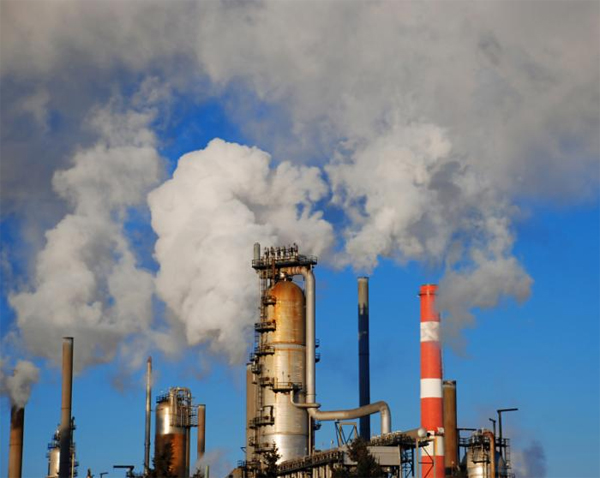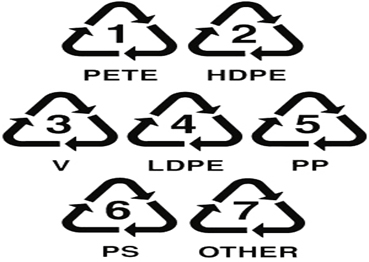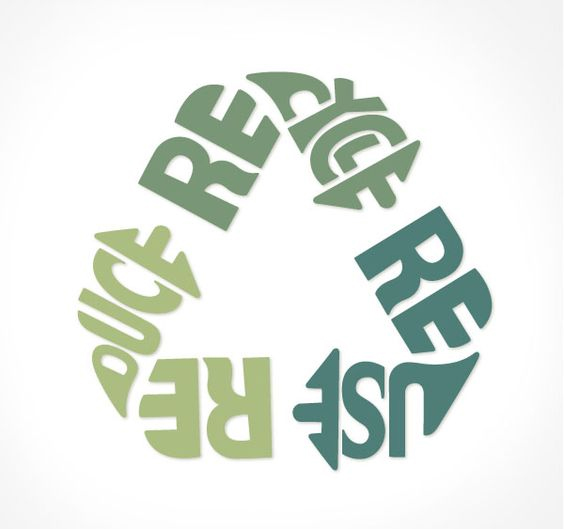KNOW YOUR PLASTICS
Why know your plastics? Because plastics have become such an integral part of our everyday lives. They are not only convenient, lightweight, and relatively inexpensive, but their use in some areas of our lives, such as in the medical field, is essential.
The number of plastic items we use every day in our homes and businesses is really astounding…water bottles, grocery bags, children’s toys, shower curtains, food containers, wiring, packaging, etc. And the list goes on and on.
But all we have to do is take a hard look at the slew of empty bottles and bags that litter our beaches, roads, and inner cities to know that something is very wrong. We, as a people, have not been as vigilant as we should with regard to the plastics industry and the use of its products. Before it is too late, we must understand the tremendous negative impact the use and abuse of plastics has had and continues to have on our health and on our environment.
The chemicals in plastics can insidiously find their way
into our bodies as well as into our environment. The continued accumulation over time can have
potentially disastrous biological consequences. The plastics industry is not going to go away and plastics can and do
pose a risk to our health and our environment. We must know our
plastics and learn how to live as safely as possible with them.
KNOW YOUR PLASTICS and the
RISK TO OUR HEALTH
The toxic chemicals that can leach from plastic items and be absorbed into our bodies from food and drink containers as well as into the air during the manufacture and disposal of plastics pose the most serious risk to our health.
It appears children during developmental stages, elderly persons, and those with chronic conditions are most at risk from these chemicals. Unfortunately, the implications of this risk for us all may not be known for generations.
Below is a list of some of the most common chemicals found in plastics and the risks involved:
- Antimony –toxic metal used during manufacture.
- BPA – Bisphenol A – endocrine disruptor, imitates estrogen and can have adverse effects on thyroid functioning and can also modify insulin sensitivity and insulin release – also implications for in-utero damage.
- BPS – Bisphenal S – used in place of BPA but is also an endocrine disruptor – can be released during paper recycling and handling of paper, especially thermal paper, as well as the cash we use every day.
- Bromine – central nervous system depressant which can trigger psychotic symptoms.
- Dioxin - produced during manufacture of PVC plastic and a powerful carcinogen.
- Estrogenic chemicals – substances that mimic estrogen.
- Melamine – known carcinogen.
- Mercury - depending upon degree of exposure can cause multiple health problems, especially to the nervous system.
- Phthalates – hormone disrupting chemicals such as DEHP – linked to male reproductive problems and birth defects, loss of bone mass and liver problems.
- Polycarbonates -products made from polycarbonate can contain Bisphenol A (BPA) - aka Lexan, Makrolon, Hammerglass and others.
- Styrene – produced in production of Polystyrene (Styrofoam) – neurotoxin which can damage the nervous system and is linked to cancer.
KNOW YOUR PLASTICS and the
RISK TO OUR ENVIRONMENT
PLASTIC WASTE and OCEAN GYRES
(Garbage Patches)
Ocean gyres are large circular current areas formed by global wind patterns and ocean currents. Debris, made up mostly of small particles of plastic, is drawn into these areas by the circular motion of the gyre. When the debris eventually makes its way to the center of the gyre, it becomes trapped and breaks down into a plastic soup. These are called ‘garbage patches’ and have become a major concern for oceanographers and ecologists.
Approximately 50% of plastic waste ends up in landfills where it will sit
for hundreds of years because there is limited oxygen and a lack of
microorganisms to break it down. The remaining percentage of plastic goes into
the environment and is ultimately washed out to sea.
The plastic that eventually reaches our oceans does not disintegrate into organic substances such as natural substances do. The particles just keep getting smaller and smaller. Eventually they become as small as the algae and plankton that are the basis for the marine food system. Shrimp, birds, and fish consume these particles and it can kill them. Then the chemicals in these plastic pieces can be absorbed by their predators which can ultimately be passed on to humans.
Additionally, plastic particles act like sponges for waterborne organic pollutants such as PCBs, pesticides, and herbicides, etc.
According to the National Geographic, the Indian Ocean, North Atlantic Ocean, and North Pacific Ocean all have significant garbage patches. The garbage patch in the North Pacific Ocean is sometimes called the Pacific trash vortex or the Great Pacific Garbage Patch. The Great Pacific Garbage Patch could be called the largest ‘landfill’ in the world!
AIR POLLUTION
The entire process of the manufacture and delivery of plastics to consumers and
the eventual disposal of these items releases toxic pollutants such as styrene,
butadiene, and methanol into the air. Bottled water alone, shipped to U.S.
ports from parts of the world such as Europe and Fiji, accounts for thousands
of tons of air and global warming pollution.
Plastic resins are also flammable and have contributed to several worldwide accidents.
DEPLETION OF
NATURAL RESOURCES
In our attempts to turn away from our dependence on non-renewable resources
such as oil and coal, replacing them with solar, wind, and other sources of renewable power, we must be aware the majority of plastics produced today are made from oil (petroleum) and coal.
When we think of oil, we are usually concerned with its use for heating and fuel. But the amount of oil wasted on the production of just plastic water bottles in the U.S. could fuel a million cars!
Let us also not forget the consequences of the demand for oil in the world, causing war, corruption, and environmental devastation. The continued reckless use and abuse of plastics in exchange for the ease and convenience they deliver is simply neither politically nor environmentally sustainable.
WHAT CAN WE DO?
It seems the answer would simply be to avoid products that are made from or packaged in plastic. The real difficulty is plastics have become too pervasive in our everyday lives. Even our canned foods can come with plastic linings.
Below are some quick tips for some basic practices that you can adopt right away for safer plastic use:
- Use Baby Bottles made of tempered glass or polypropylene (#5). (These do not contain Bisphenol-A).
- Keep plastic products away from heat. Heat tends to promote the leaching of chemicals. Even the safer types of plastics may leach chemicals due to heat or prolonged storage.
- Reusable containers or cups with stainless steel or ceramic interiors are a good substitute for plastic ones.
- Do not reuse plastic drink bottles that were intended for single use.
- Bottled drinks should be used quickly as chemicals from the plastic leach over time. Don't buy plastic bottles of drinks if they have been on store shelves for a long time.
- Don't drink from bottled water that has been in a hot environment such as a car subject to heat.
- Taste. If your drink has even a bit of a plastic taste to it, don't drink it!
Refer to the Article,
Plastic Recycling Codes
or Resin Identification Codes and Know Your Plastics!
These codes are numbers enclosed by the recycling symbol and are usually found on the bottom of a plastic product. Knowing what these codes stand for can tell us several things:
- The toxic chemicals that might be used in the plastic.
- How likely the plastic is to leach out.
- How bio-degradable the plastic is.
- How safe the plastic is.
If a code is not present on a plastic container, the manufacturer should be contacted for information.
REDUCE, REUSE, RECYCLE
How to Make Sleeping Mats for Homeless People from Plastic Bags
The codes in the Plastic Recycling Codes will help with which plastics can be recycled. But recycling is not enough. We must reduce our use of plastics, reuse them whenever possible, and recycle or trash them responsibly.
The internet, especially the social media Pinterest, abounds with great
information on reuses for plastics. Please share this information with
others. One example is the making of knitting material from plastic bags called 'Plarn' as in the video above.
Learn as much as you can about plastics so you can make informed decisions about which ones are safer than others.
Always insist on the safe manufacture and distribution of plastics. Contact manufacturers and government officials whenever you have a concern. As a nation of enlightened consumers and activists, we have the power to help preserve the earth. This is our sacred responsibility to ourselves and our children and grandchildren.
"The Cleanest Clean You've Ever Seen."
by
ABC Oriental Rug & Carpet Cleaning Co.
130 Cecil Malone Drive Ithaca, NY 14850
607-272-1566

ABC
Carpet & Rug
Spotting Guide
We would love to send our monthly newsletter directly to YOUR INBOX.
Just sign up below...
(Your email is safe with us. Your privacy is our priority.)
